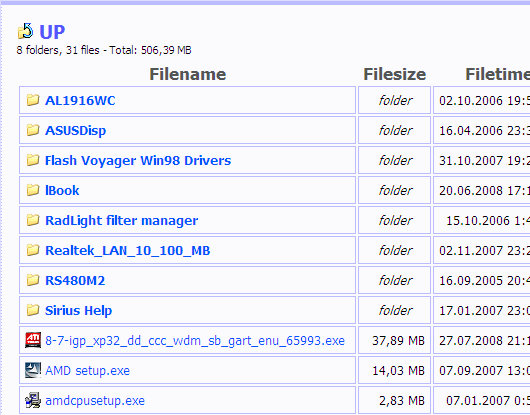
ReFS stores data in a way that protects it from many of the common errors that can normally cause data loss. The significant functionality included with ReFS is described as follows: Additionally, the deployment could include failover clustering where the customer deploys a scale-out, two-node file server cluster with Storage Spaces, where the cluster uses a shared JBOD storage configuration with SAS drives.
Hfs file system overview serial#
Customers can deploy a Windows Server 2012 R2 file server attached to a just a bunch of disks (JBOD) storage configuration with Serial ATA (SATA) or Serially Attached SCSI (SAS) drives. This minimizes the cost of storage and reduces capital expenditures for businesses.
Hfs file system overview software#
ReFS provides functionality that helps customers store and protect data, regardless of the reliability of the underlying hardware and software stack. When used together, ReFS and Storage Spaces provide enhanced resiliency to storage device failures.įor information about new and updated functionality in Windows Server 2012 R2, see New and updated functionality later in this topic. Providing a full, end-to-end resilient architecture when used in conjunction with Storage Spaces.


Maintaining a high level of data availability and reliability, even when the individual underlying storage devices experience failures. For more information about Storage Spaces, see Storage Spaces and the Storage Spaces Microsoft TechNet blog. ReFS interfaces with Storage Spaces to automatically repair the corruption. Storage Spaces protects data from partial and complete disk failures by maintaining copies on multiple disks.

By utilizing an integrated storage stack comprising ReFS and the new Storage Spaces feature in Windows Server 2012, customers can now deploy the most cost-effective platform for available and scalable data access using commodity storage. ReFS is a new file system that targets these needs while providing a foundation for significant future innovations. Windows customers want a cost-effective platform that maximizes data availability, scales efficiently to very large data sets across diverse workloads, and guarantees data integrity by means of resiliency to corruption (regardless of software or hardware failures). This topic describes Resilient File System (ReFS), a new file system in Windows Server 2012, the deployment scenarios for the new file system, and the new and changed functionality for ReFS in Windows Server 2012 R2.įor info about ReFS in Windows Server 2016 and with Storage Spaces Direct, see Resilient File System (ReFS) overview. Applies To: Windows 8.1, Windows Server 2012 R2, Windows Server 2012


 0 kommentar(er)
0 kommentar(er)
